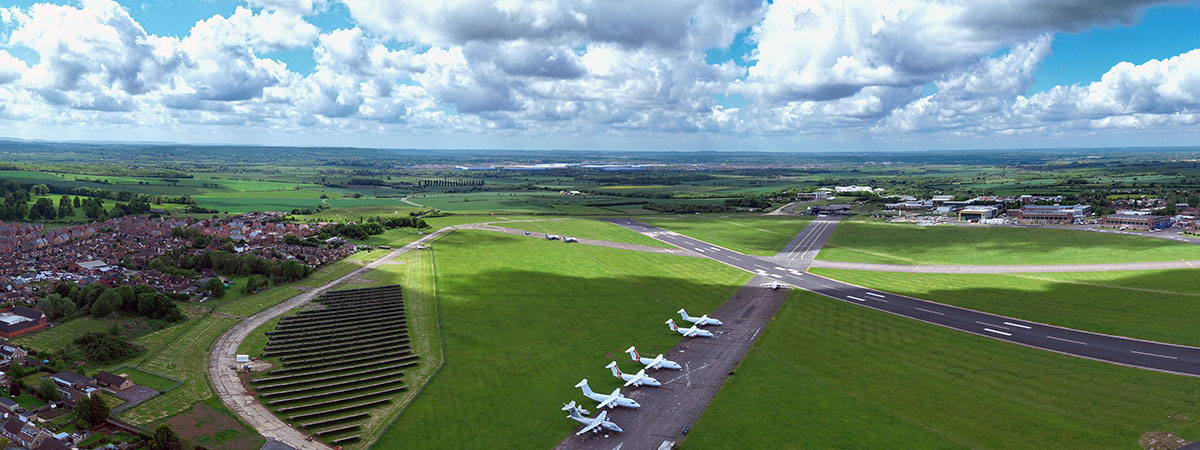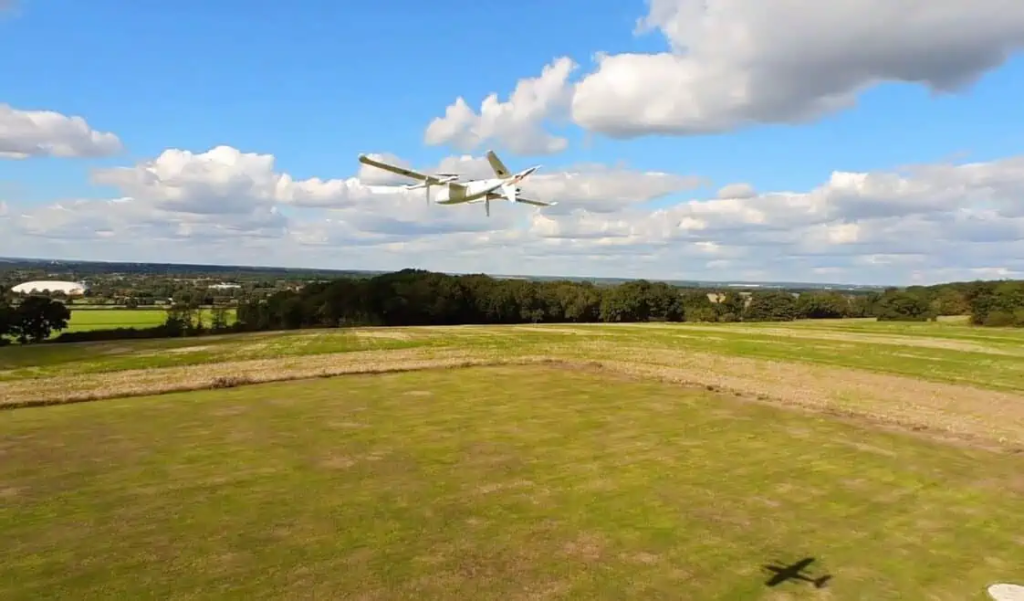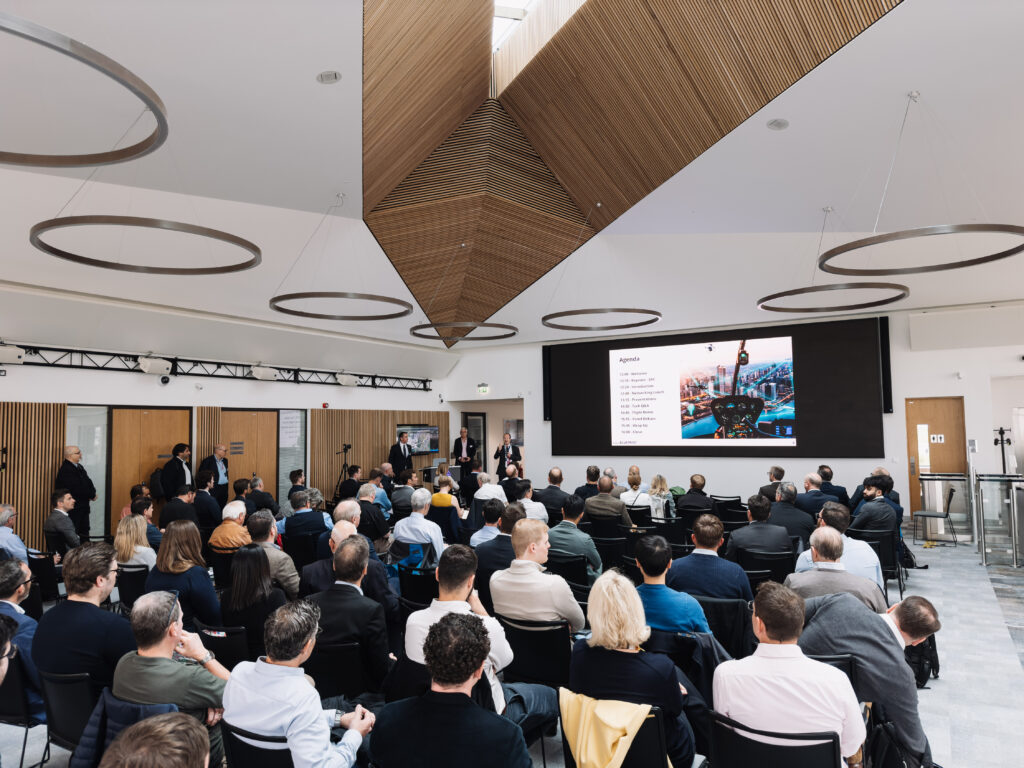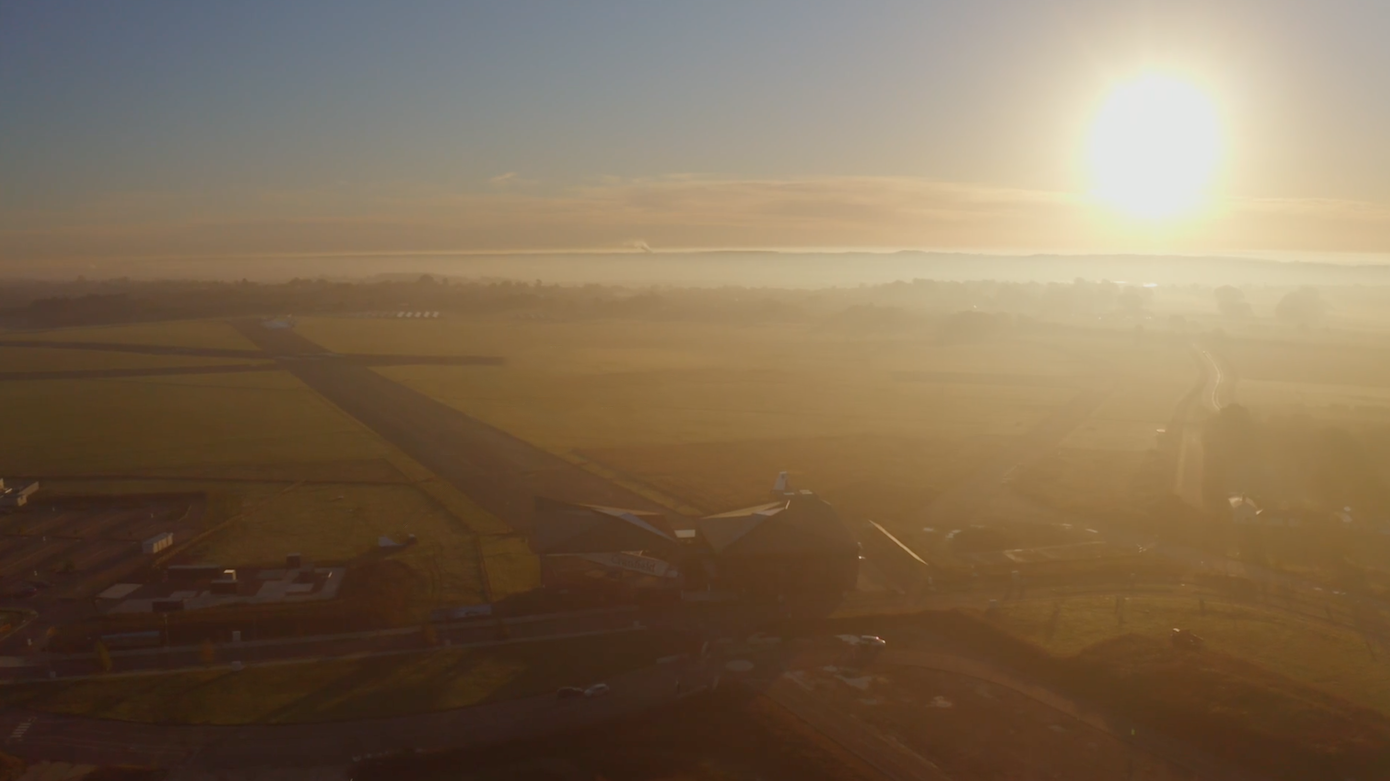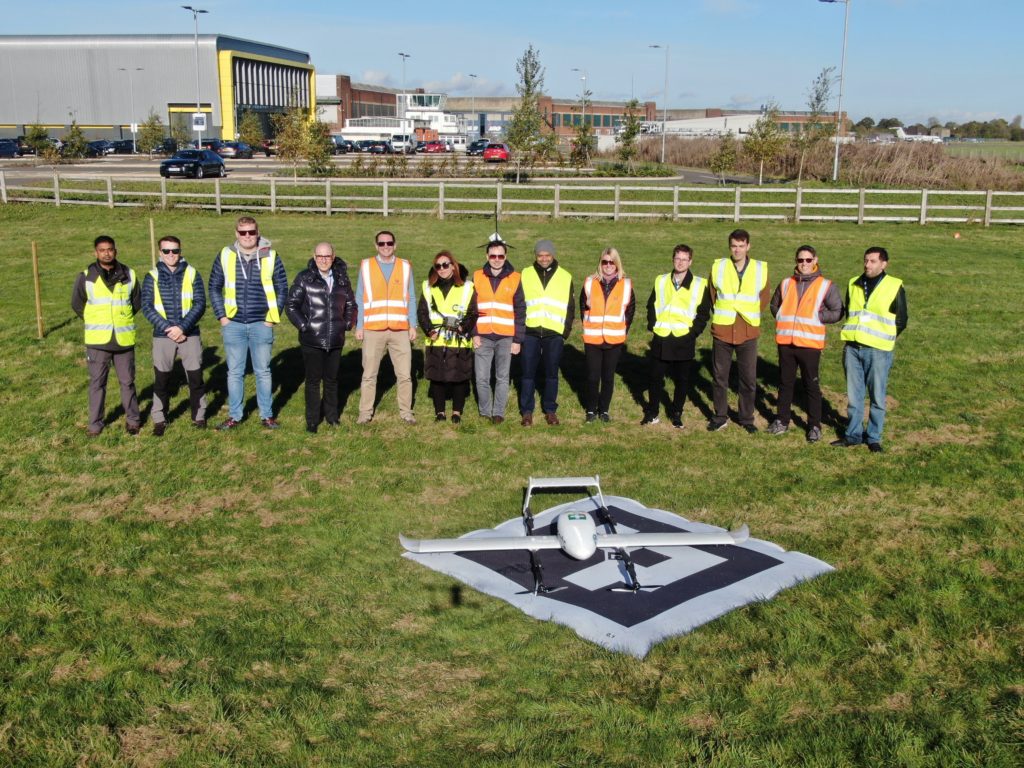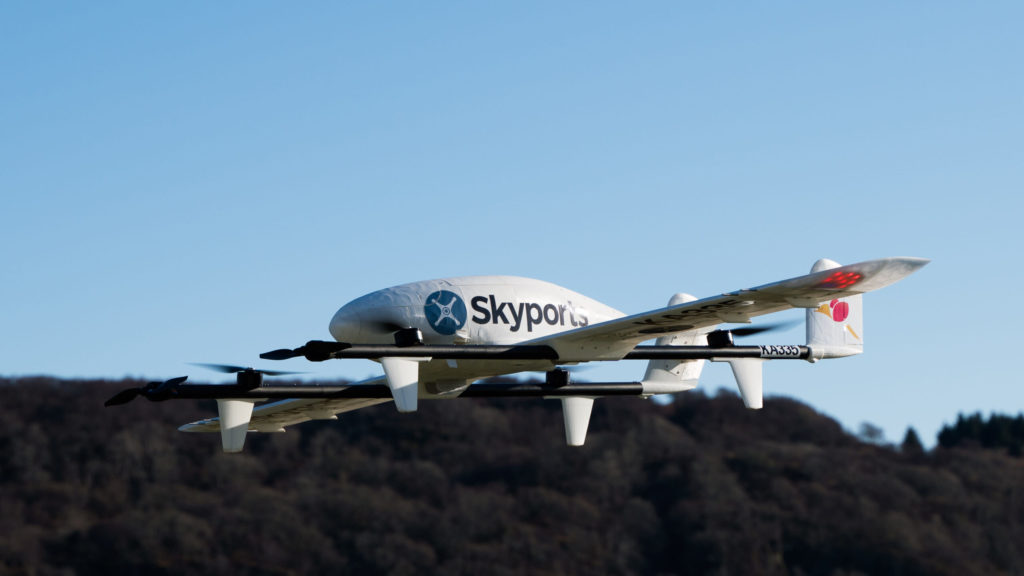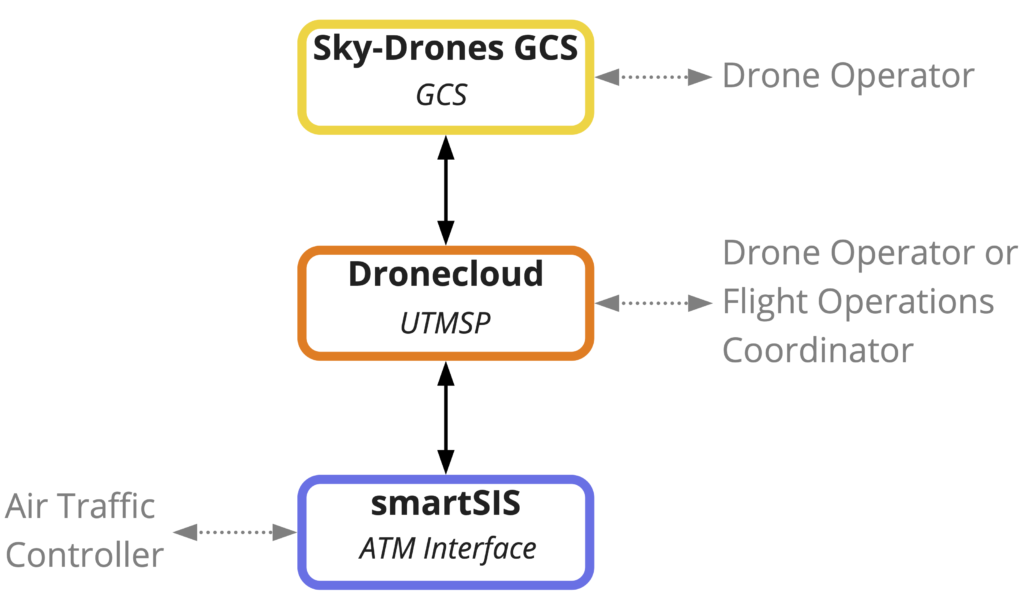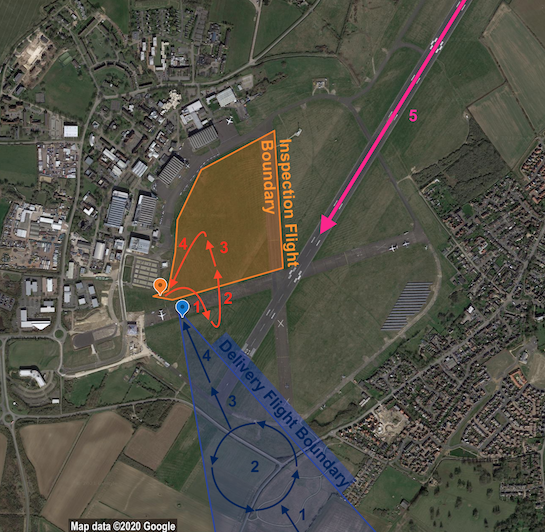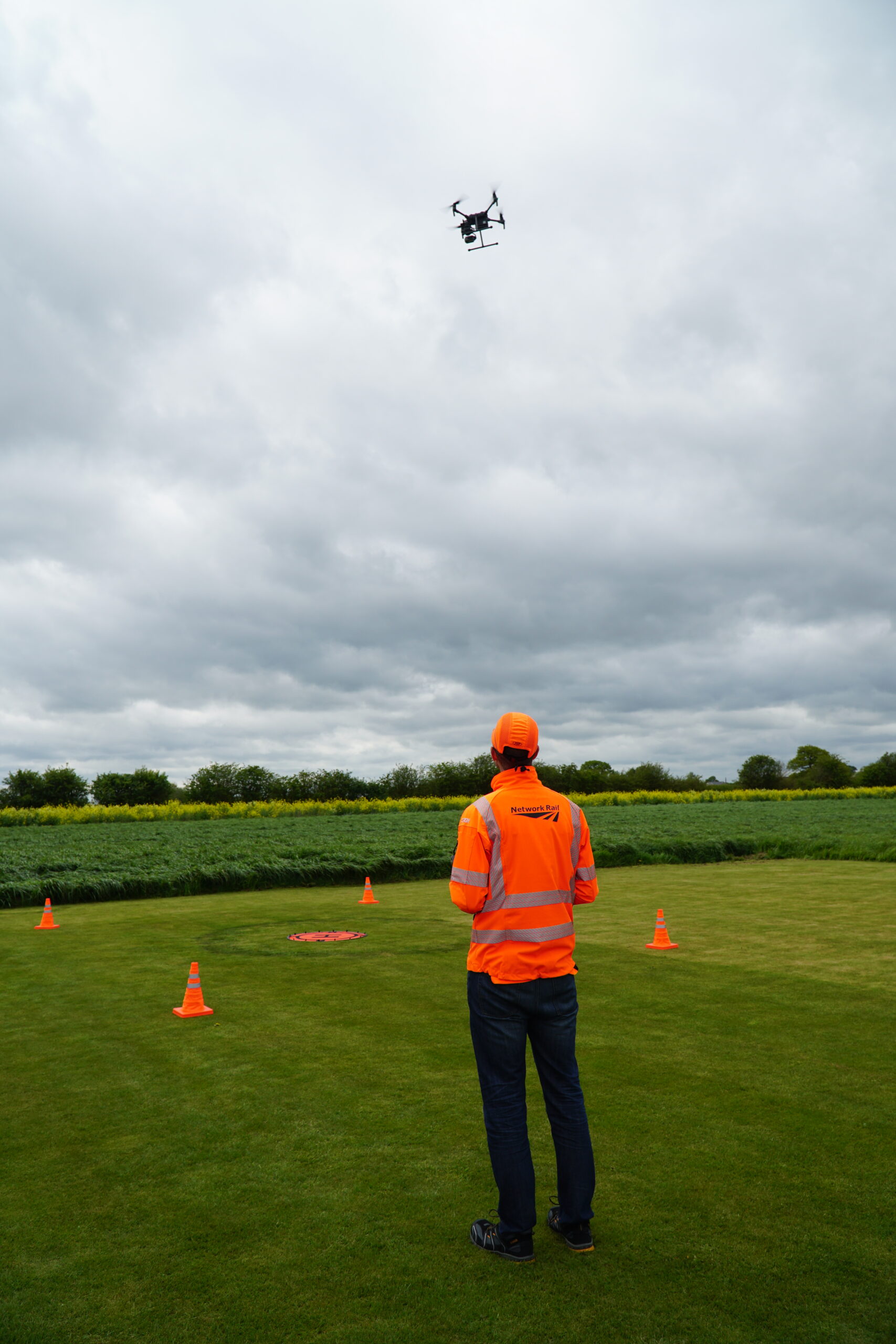Network Rail, Dronecloud and RUAS (the drone arm of Railscape) are working together on a project to create a Centrally Managed Drone Hub based at Network Rail’s Rail Operating Centre (ROC) in Birmingham. A key step to showcasing the journey to scalable drone operations for Critical National infrastructure. Dronecloud aims to develop this groundbreaking capability into a fully managed service for use across all Critical National Infrastructure (CNI).


Drones save lives & money
“The Holy Grail is Beyond Visual Line of Sight or BVLOS”
Incident management costs UK infrastructure owners over £300m per year with railway crime costing Network Rail alone £1bn over the last decade.
Delays from trespass are becoming one of the most significant causes of disruption on the railway – with over 1.5 million minutes since April 2024. Routine asset maintenance tasks for Critical National Infrastructure are cumbersome and resource intensive, often putting lives at risk. Using drones will revolutionise the day-to-day running of infrastructure but current regulation means drone flights must stay within visual line of sight of the pilot.
The Holy Grail that unlocks scale is Beyond Visual Line of Sight drone flights or BVLOS for short.
Scaling drones for CNI
In a landmark development for the UK drone and rail industries, Dronecloud has collaborated with drone operator RUAS alongside drone manufacturers Velos Motors & Evolve dynamics to deliver one of the most advanced BVLOS deployments in the UK.
Working with Network Rail, the team is perusing a multi-step regulatory approval process and has created the UK’s first centrally managed Drone Operations Hub, designed to support 24/7 remote incident response and routine asset management anywhere within the Birmingham region.
Trials being carried out at the new Hub are already proving this potential by recently helping Network Rail and the British Transport Police avoid closing Birmingham New Street station, resulting in a cost saving of several hundred thousand pounds.

BVLOS – this is just the start
In line with the Civil Aviation Authority’s (CAA) BVLOS delivery model and roadmap (CAP-3038), the 1st step in the journey delivers approval to operate the centralised drone HUB with Visual Mitigation up to 8km of range. That approval proves the Hub concept is viable and showcases Dronecloud’s integrated Flight & Safety Management System (FMS/SMS) and Uncrewed Traffic Management (UTM) platform as the centrepiece driving drone solutions for Critical National Infrastructure (CNI).
The next phase scheduled for spring 2025, sees Dronecloud, Network Rail & RUAS working closely with the CAA’s new Atypical Air Environment (AAE) Test & Evaluation programme team to establish the Hub operation as one of the first in the UK to secure an AAE Operational Authorisation which will allow for the incremental increase in distance, initially up to 10km under pure BVLOS conditions, with subsequent phases planned to extend range up to 30km and beyond.
“Dronecloud’s vision is to deploy a managed service with multiple Hubs and satellite drones ports to deliver a common capability for all asset managers and drone operators needing to fly BVLOS across the UK. This will be a truly game-changing capability, opening the door for centralised mass-scale deployment of drones across all CNI (Critical National Infrastructure). As the industry matures, CNI use cases will help drive the design and development of UTM services. It’s critical for us to be at the forefront as we move into the implementation stage.”
Jan Domaradzki, CEO of Dronecloud

